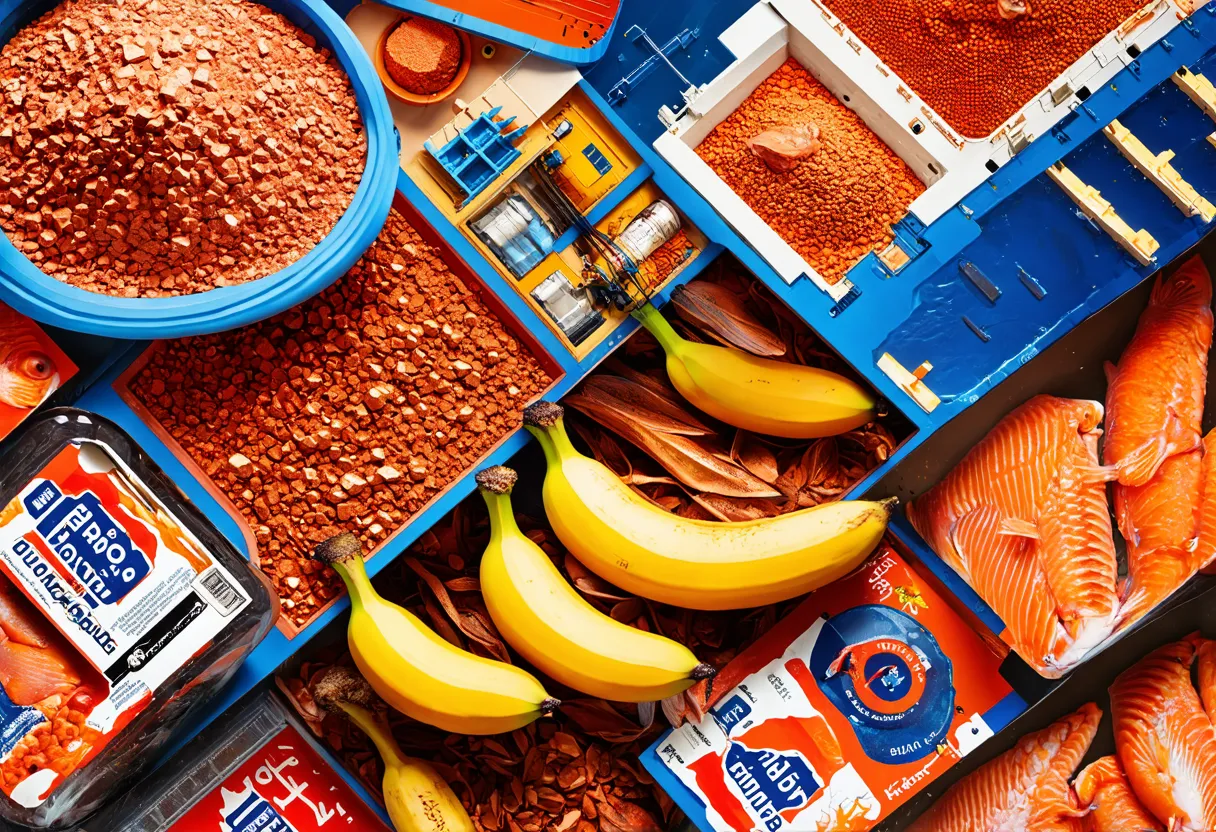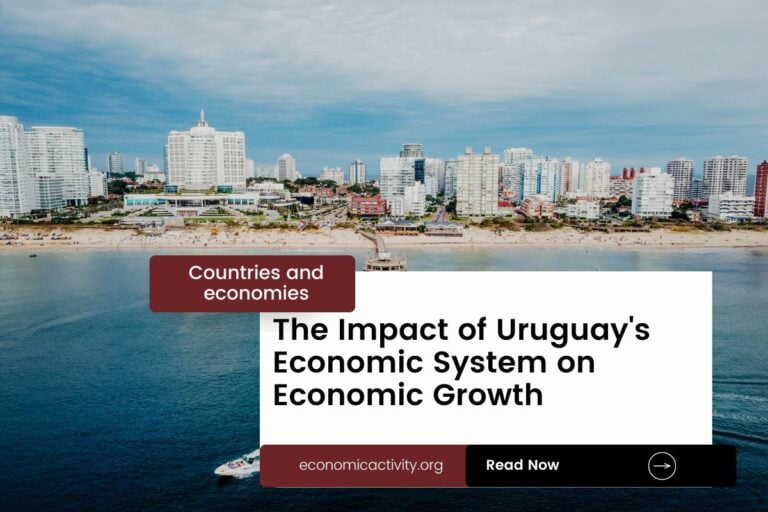Panama, with a population of 4,408,581, is ranked 122nd in the world, just behind Oman. Located in Central America, Panama covers 75,320 square kilometers, ranking 113th globally, just below Czechia.
Panama’s economic position in 2022 is relatively stable, with a GDP of $76,522,511,800, ranking 73rd globally. It falls behind Azerbaijan, which has a GDP of $78,721,058,823.5294. In terms of GDP per capita, Panama ranks 59th with $17,357.6286.
It lags behind Guyana, with a GDP per capita of $18,199.4748. Panama’s economy shows promise, but there is room for growth and improvement to compete with its neighboring countries.
What are the economic activities of Panama?
- Primary activities: 2.4% of GDP.
- Secondary activities: 15.7% of GDP.
- Tertiary activities: 82% of GDP.

Primary Sector of Panama
The primary sector in Panama, dominated by agriculture, thrives due to its tropical climate and rich natural resources. With 29.41% of the land dedicated to agriculture, the country produces a diverse range of products including sugarcane, bananas, rice, oranges, oil palm fruit, plantains, chicken, milk, pineapples, and maize.
Although agriculture contributes 2.4% to the GDP, its significance lies in the variety of crops and animal products it produces, showcasing the sector’s importance in sustaining the country’s agricultural economy.
Panama’s diverse geology provides abundant natural resources. Copper deposits, mahogany forests, shrimp-rich waters, and hydropower potential drive the economy, supporting industries and contributing to sustainable development.
Secondary Sector of Panama
What is the secondary sector or what are secondary activities?
The secondary sector comprises industries that transform raw materials from primary activities into finished products for consumption. In Panama, the main industrial products include construction materials, brewing, cement, and sugar milling. These products are manufactured for domestic consumption and export, contributing significantly to the country’s economy.
In 2023, Panama’s manufactures exports accounted for only 3.98% of the total exports, indicating their limited significance in the country’s economy.
Tertiary sector of Panama
What is the tertiary sector or what are tertiary activities?
The tertiary sector in Panama encompasses a wide range of services where individuals provide knowledge and time to enhance productivity and meet needs. This includes intangible goods like advice, attention, and expertise, catering to both consumers and businesses. Key tertiary activities in Panama include restaurants, healthcare and medical care, education and training, banking and finance, communication and information exchange, tourism and hospitality, and transportation and logistics. These services play a vital role in driving the country’s economy and meeting the diverse needs of its population.
Specifically, Panama’s economy significantly relies on tourism, contributing substantially to its GDP. With an impressive 2,494,000 annual arrivals, accounting for 0.5657 tourist arrivals per capita, the country’s allure is undeniable. Popular destinations like Panama City’s historic Casco Viejo and the pristine beaches of Bocas del Toro attract visitors worldwide.
Another example of tertiary economic activity is the mobile cellular sector, with approximately 6.9 million subscriptions, equating to 156 per 100 inhabitants. This connectivity fosters technological growth, enhancing digital services and innovation.
Biggest company in Panama
Which is the biggest company in Panama? The largest is the Oil and Gas Development Company Limited, with a market value of 1.39 billion USD. It operates in the energy industry, focusing on oil and gas. The company was founded in 1997, playing a key role in Panama’s economy.
International Trade of Panama
Import Activities of Panama

Panama’s high import activities, accounting for 71.87% of GDP, play a crucial role in meeting domestic demand and driving economic growth.
Panama’s import activities are diverse, with major partners like China and the US accounting for 40% of imports. They bring in crude petroleum, refined petroleum, ships, garments, and packaged medicine from countries like Guyana, Colombia, and Ecuador.
Exports Activities of Panama

Panama’s total exports in 2023 amounted to $3.37 billion, representing 4.4% of its GDP. With a low export contribution, there is potential for growth and diversification to enhance economic stability.
Panama’s export activities are diverse, with copper ore, ships, fish, bananas, and refined petroleum being key commodities. The country’s top export partners include China, Japan, South Korea, the US, and Spain, with China being the largest partner at 17%.
Panama economy challenges in 2024
Panama faces challenges in 2024 with increasing Chinese trade, money laundering concerns, and the need for infrastructure investment. The country’s reliance on the US dollar and dominance of the services sector add complexity to its economic landscape.




Leave a Reply